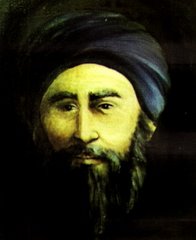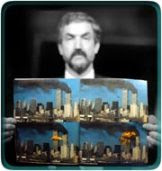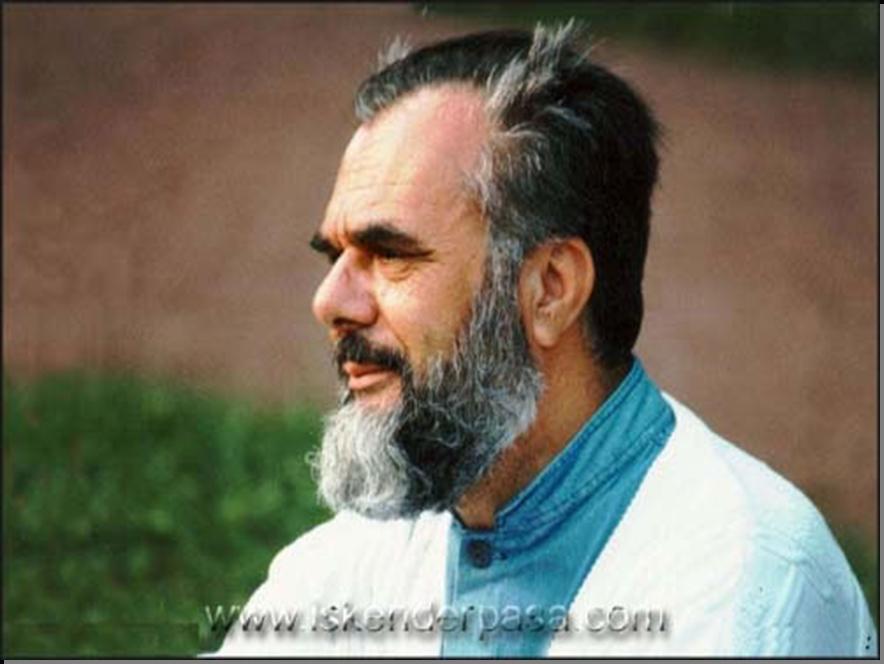
Nations can be likened to human bodies. Injury or pain to one part can affect the rest. Key arteries and veins often lay hidden among more visible skin and bones and are only visible in our most vulnerable locations; when cut, the blood flow is almost always fatal.
The most vulnerable and largely hidden parts of Pakistan are its minorities. Pakistan's founder Mohammed Ali Jinnah, himself from the Shia Muslim minority and Pakistan's first governor-general, guaranteed the rights of minorities. In his speech of 11 August 1947, Jinnah declared:
'You are free ... to go to your temples ... to go to your mosques or to any other place of worship ... You may belong to any religion or caste or creed — that has nothing to do with the business of the State.'If Pakistan is to remain a nation with something resembling a soul and true to the vision of its founding fathers, it must protect its ethnic and religious minorities. But as with its neighbour India, it continues self-harming by bleeding its minorities. It isn't just extremists engaging in the self-harm. It happens at all levels of society.
In theory, Pakistan is a democracy with free elections, functioning political parties and a free and diverse press. Minorities are represented in public life. The recently retired Chief Justice of Pakistan's Supreme Court, the highest court in the land, was a Hindu. Hindus and Christians have allotted seats in the Federal Parliament.
But Pakistan was a nation carved out of British India at the beginning of the Cold War, a time when any enemy of communism was seen as a good friend. Muslim fanatics in Pakistan intolerant of non-Muslims were courted and funded because of their intolerance of the Kremlin.
The phenomenon became acute when Soviet forces entered Afghanistan. The US, its Arab allies and Pakistan's military dictator General Zia-ul-Huq encouraged fervour for anti-Communist jihad and introduced a process of 'Islamisation' that saw the partial introduction of sharia criminal law and major changes to the education system.
The position of minorities has worsened as the letter of Sunni Islam (but not its spirit) has transformed Pakistan. Key institutions and personalities allied with the sufi-inspired South Asian Sunni traditions deobandi and barelwi have used domestic and overseas provocation to attack Pakistan's Christian, Hindu, Ahmadi and other minorities.
An amateurish YouTube video produced by a Californian in 2012 somehow led a crazed crowd to attack a Hindu temple on the outskirts of Pakistan's southern port city of Karachi. Pakistan's Dawn newspaper reported that the attack
... took place in late September on the Day of Love for the Prophet, a national holiday declared by the government in response to an anti-Islam film made in the US ... Pakistan's Hindu community says it faces forced conversions of Hindu girls to Islam, a lack of legal recognition for their marriages, discrimination in services and physical abuse when they venture into the streets.And where do we start on Pakistan's Christian minorities? A demented version of religious law, in the form of an amendment to the Pakistan Penal Code designed to punish blasphemy, has now encouraged the collective punishment of Pakistan's tiny Christian communities.
The case of Asia Bibi, an illiterate farmhand from Punjab, illustrates this phenomenon. Charged with blasphemy and facing the death sentence, her most powerful supporter was the Muslim Governor of Punjab, Salmaan Taseer. His support led to Taseer's own bodyguard pulling the trigger.
As if to underscore just how far the bodyguard's fanaticism had reached, supporters at his hearing included lawyers who only recently had marched in favour of the Rule of Law and the reinstatement of the Chief Justice of Pakistan's Supreme Court.
Religious leaders and even respected mainstream journalists and commentators accused Taseer himself of blasphemy.
Muslim minorities are not exempt from this kind of murderous hysteria. Sectarian and ethnic minorities such as the Hazara, an Afghan Shia community settled largely in the north western city of Quetta, have been the subject of an organised campaign of killings. Given the scale of the attacks and the fact that they target a single community, one wonders how, as Pakistani journalist Kiran Nazish explains
... the media, particularly television media in Pakistan had been ignoring the issue ...
when smaller-scale loss of life, cricket scores and Bollywood starlets are readily reported.
The Lashkar-i-Jhangwi, a Sunni militant group outlawed in Pakistan, has been carrying out these attacks for months with complete impunity. Little has been done by the provincial government to protect the victims. In the most recent attack, over 100 Hazara citizens were gunned down in Quetta.
Hazara community members are conducting a constant vigil with the coffins of the dead. For these devout Muslims, whose faith requires almost immediate internment of the dead, refusal to immediately bury their martyrs is a powerful symbol of protest.
The Hazaras, like their Christian, Hindu and other Pakistani brethren, are bleeding thanks to the intolerance (or at least the silence) of the majority. The nation is dying as a result. Perhaps this is why the Hazara of Quetta chose to brave sub-zero temperatures and sit with coffins they have draped in Pakistani flags.
It was only after nationwide protests that the federal government in Islamabad agreed to Hazara demands for the provincial government to be sacked. Only time will tell whether such steps will stem Pakistan's bleeding.
This article was first published in Eureka Street on 20 January 2013. Since then, there have been fresh attacks on Shia communities in Karachi and Christian communities in Lahore.









